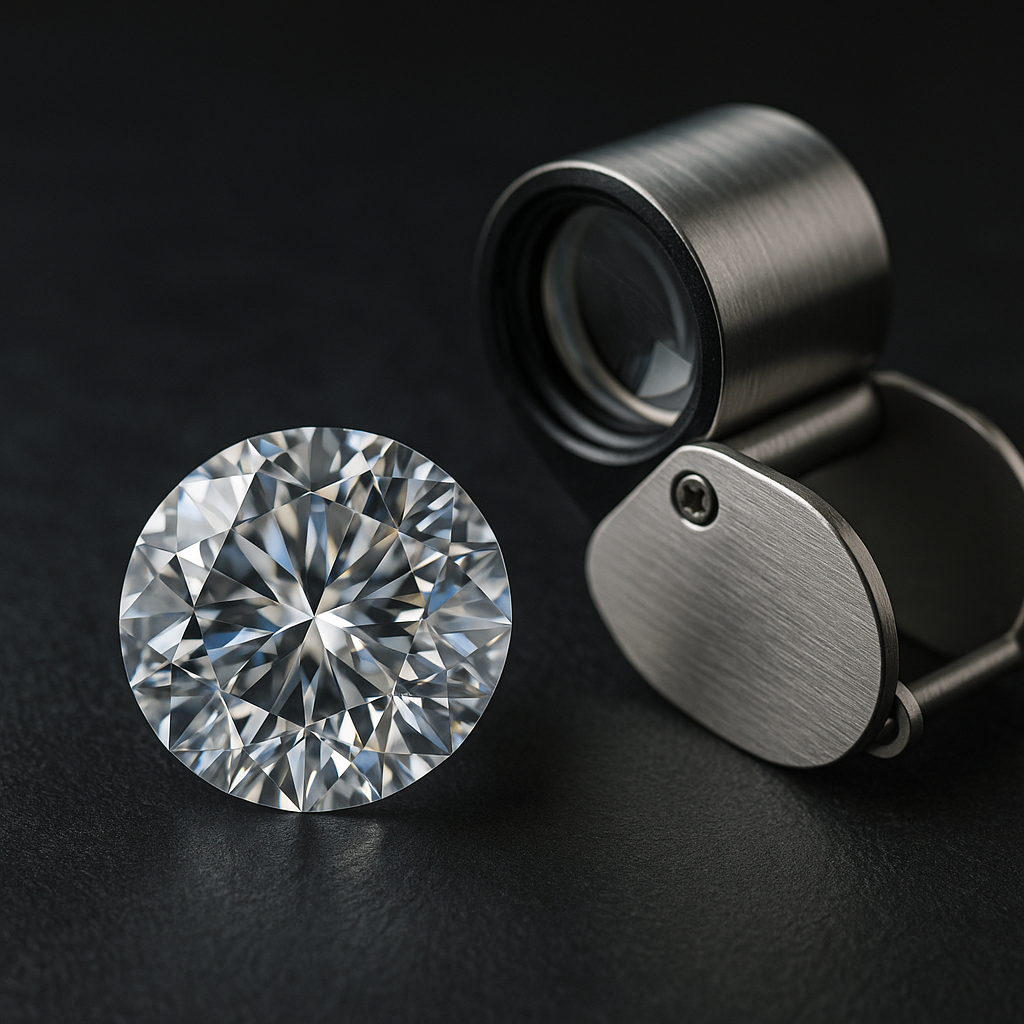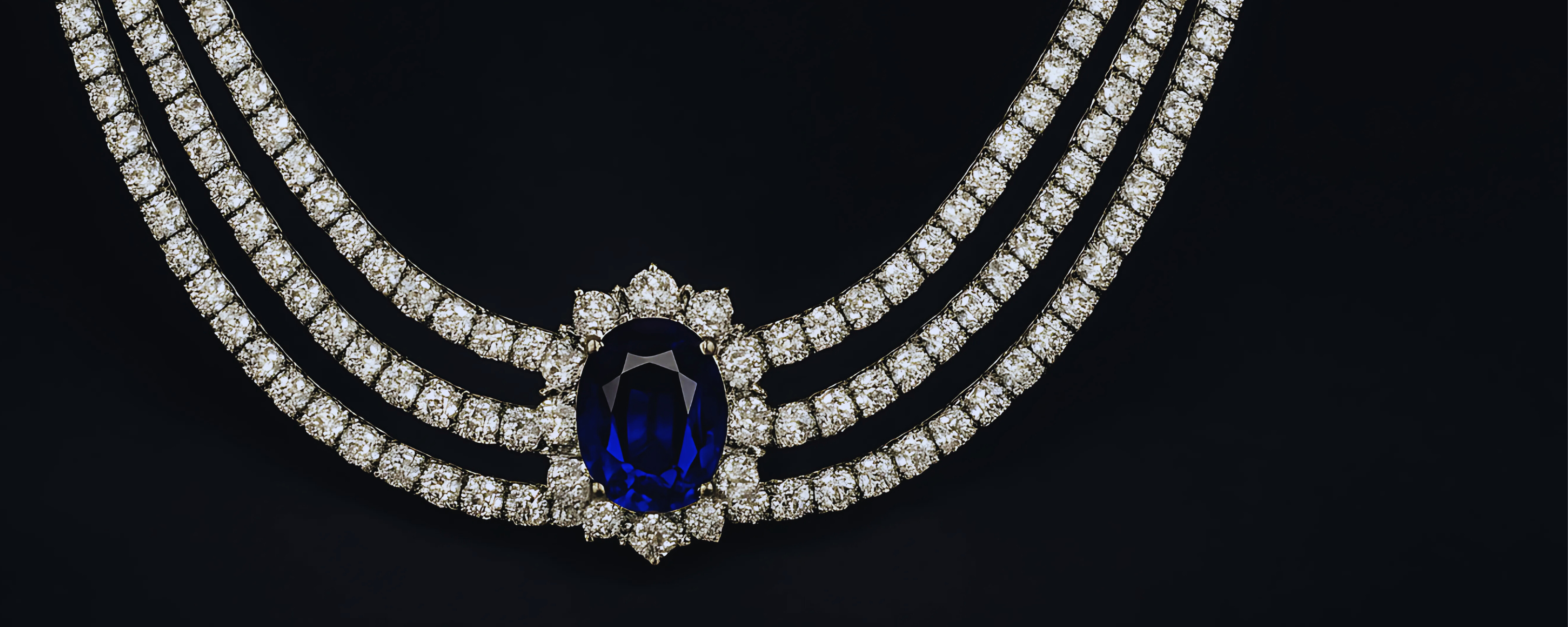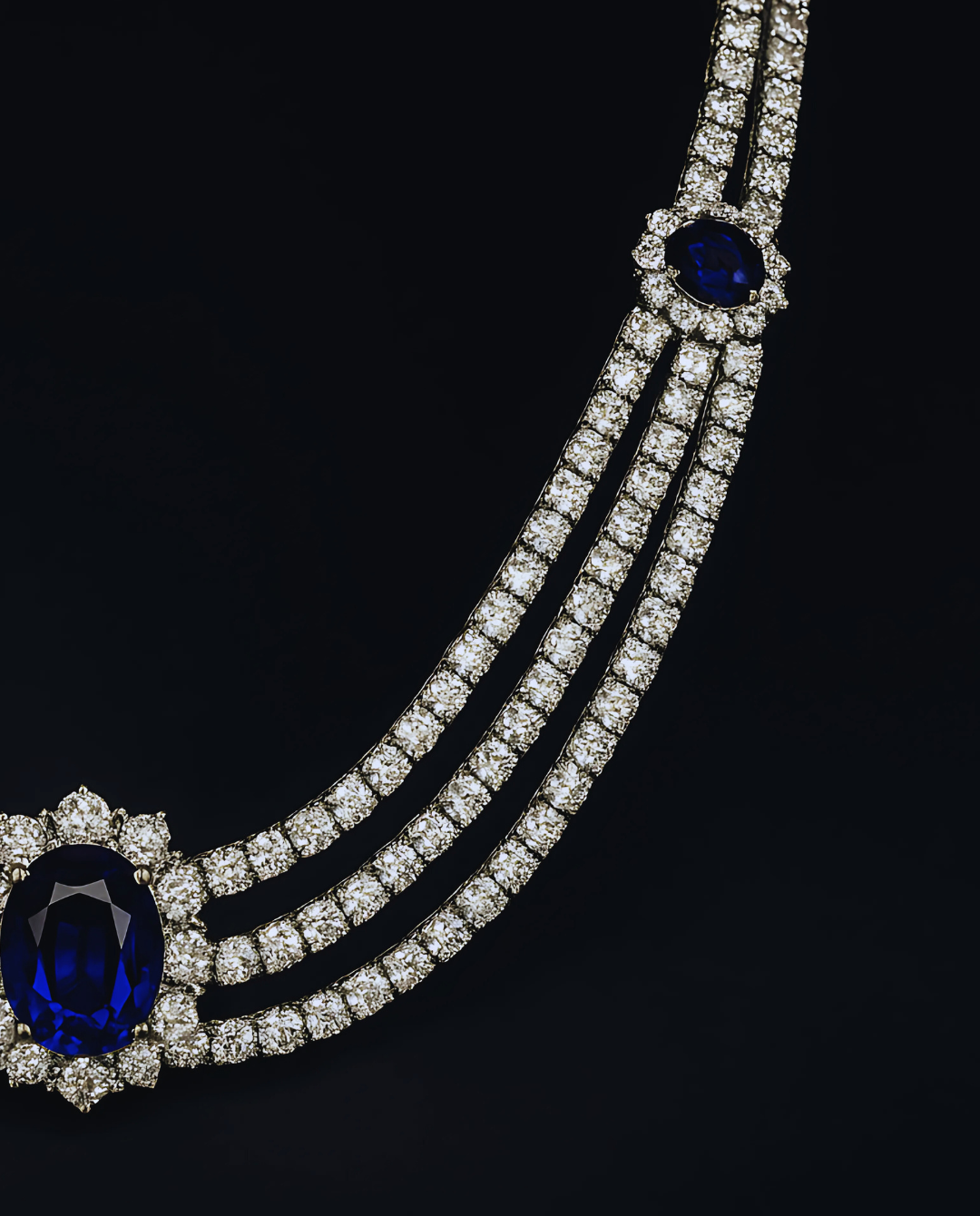The Science Behind Lab-Grown Diamonds: Why They're Identical to Mined Diamonds
"Is it a real diamond?" This is perhaps the most common question we hear at Lark & Berry when introducing customers to our lab-grown diamond collections. The answer is a resounding "yes"—lab-grown diamonds are 100% real diamonds, identical to mined diamonds in every way that matters. The only difference is their origin story: one formed beneath the Earth's surface over millions of years, the other created in a controlled laboratory environment over a period of weeks.
Today, we're diving deep into the fascinating science behind lab-grown diamonds and explaining why they're not just similar to mined diamonds—they're chemically, physically, and optically identical. For anyone considering a diamond purchase, understanding this science helps make an informed choice about this significant investment.
Diamond Basics: What Makes a Diamond a Diamond?
Before we explore how lab-grown diamonds are created, let's understand what makes a diamond a diamond in the first place.
A diamond is defined by its composition and crystal structure. It consists of carbon atoms arranged in a very specific crystal lattice structure called a diamond cubic. This particular arrangement of carbon atoms gives diamonds their extraordinary properties:
- Exceptional hardness (10 on the Mohs scale—the hardest natural material known)
- High thermal conductivity
- Electrical resistance
- Optical dispersion (the way it breaks light into the colors of the spectrum)
- Exceptional brilliance and fire
It's the arrangement of these carbon atoms—not where or how they were arranged—that defines a diamond. When scientists discovered how to recreate this precise arrangement in laboratory conditions, it became possible to grow diamonds that are atomically identical to those formed naturally beneath the Earth's surface.
How Lab-Grown Diamonds Are Created
There are two primary methods used to create lab-grown diamonds: High Pressure-High Temperature (HPHT) and Chemical Vapor Deposition (CVD). Both produce genuine diamonds with the same properties as mined diamonds.
High Pressure-High Temperature (HPHT)
The HPHT method mimics the natural conditions under which diamonds form deep within the Earth. Here's how it works:
- A small diamond seed is placed in a specialized press with a carbon source (typically high-purity graphite).
- The press subjects the carbon to extreme pressure (approximately 1.5 million pounds per square inch) and temperatures exceeding 2,700°F (1,500°C).
- Under these conditions, the carbon melts and begins to form around the diamond seed, atom by atom, in the diamond crystal structure.
- Over a period of days to weeks, the diamond grows to the desired size.
- Once complete, the rough diamond is removed, cooled, and prepared for cutting and polishing—just like a mined diamond.
Chemical Vapor Deposition (CVD)
The CVD method is a more recent innovation that creates diamonds in a vacuum chamber:
- A thin slice of diamond seed (often produced using the HPHT method) is placed in a sealed chamber.
- The chamber is filled with carbon-rich gas (typically methane) and other gases.
- Microwave energy or another heat source is used to heat the gases to around 1,500°F (800°C), creating a plasma.
- This breaks down the molecular bonds in the gases, causing carbon atoms to precipitate and accumulate on the diamond seed.
- The carbon atoms arrange themselves in the diamond crystal structure, gradually building up layer by layer.
- The process continues until the desired diamond size is achieved—typically over a period of weeks.
Both methods produce diamonds with the same atomic structure and physical properties as mined diamonds. The choice between HPHT and CVD typically depends on the specific application, desired colors, and size of the final diamond.
Identical Properties: The Scientific Evidence
When we say lab-grown diamonds are identical to mined diamonds, we're basing this statement on scientific fact. Here are the key properties that prove their equivalence:
Chemical Composition
Both lab-grown and mined diamonds are made of 100% carbon atoms arranged in the diamond cubic crystal structure. This can be verified using spectroscopic analysis, which shows identical readings for both types of diamonds.
Physical Properties
Lab-grown and mined diamonds share the same physical properties:
- Hardness (10 on the Mohs scale)
- Refractive index (2.417–2.419)
- Dispersion (0.044)
- Specific gravity (3.52)
- Thermal conductivity
These properties can be measured using scientific instruments, and the results are indistinguishable between lab-grown and mined diamonds.
Optical Properties
The way a diamond interacts with light—its brilliance, fire, and scintillation—depends on its physical structure. Because lab-grown diamonds have the identical crystal structure as mined diamonds, they exhibit the same optical properties:
- They reflect, refract, and disperse light in exactly the same way
- They have the same brilliance (return of white light)
- They display the same fire (flashes of spectral colors)
- They show the same scintillation (sparkle when moved

How Experts Identify Lab-Grown Diamonds
If lab-grown diamonds are identical to mined diamonds in all the ways that define a diamond, how do gemologists tell them apart? The answer lies in subtle variations in trace elements and growth patterns—variations that have no impact on the diamond's beauty, durability, or value as a gemstone.
Professional gemologists typically use specialized equipment to detect these subtle differences:
- Spectroscopic analysis: Can detect differences in trace elements or growth pattern signatures
- DiamondView imaging: Uses short-wave UV light to reveal growth patterns
- Advanced testing devices: Specialized equipment like the Diamond Sure and Diamond View developed by the Gemological Institute of America (GIA)
Importantly, none of these differences affect the diamond's appearance, durability, or inherent value as a precious gemstone. They simply allow experts to determine the diamond's origin.
Grading and Certification
Like mined diamonds, lab-grown diamonds are graded according to the "Four Cs": cut, color, clarity, and carat weight. The same internationally recognized laboratories that grade mined diamonds—including the GIA, IGI, and other respected institutions—also grade lab-grown diamonds.
At Lark & Berry, all our lab-grown diamonds come with a certification from a reputable gemological laboratory, confirming their authenticity and quality. These certificates include a full assessment of the diamond's characteristics, just like certificates for mined diamonds.
The Ethical and Environmental Advantage
While lab-grown diamonds are identical to mined diamonds in composition and appearance, they do offer significant ethical and environmental advantages:
- No mining: Lab-grown diamonds eliminate the need for mining, which can displace communities, cause land degradation, and lead to habitat destruction.
- Reduced environmental impact: They typically have a significantly smaller carbon footprint compared to mined diamonds.
- Conflict-free guarantee: Lab-grown diamonds are produced in controlled environments, eliminating any risk of contributing to conflict funding.
- Complete traceability: The origin of every lab-grown diamond is known with certainty.
- More accessible pricing: The elimination of the complex mining and supply chain allows for more direct pricing, typically 20-40% less than comparable mined diamonds.
These advantages make lab-grown diamonds an attractive choice for conscious consumers who want exceptional quality and beauty while aligning with their values.
The Future of Diamonds
The technology behind lab-grown diamonds continues to advance rapidly. Today's lab-grown diamonds already match their mined counterparts in every significant way, and ongoing innovations are making the creation process more efficient, sustainable, and versatile.
Just as cultured pearls transformed the pearl industry in the early 20th century, lab-grown diamonds are revolutionizing the diamond industry in the 21st century. At Lark & Berry, we believe that lab-grown diamonds represent the future of fine jewelry—a future where exquisite beauty, exceptional quality, and ethical responsibility can all coexist.
Our founder Laura Chavez often draws this parallel: "I believe the day will come when all diamonds are lab-grown, similar to how nearly all pearls became cultured. Eventually, we won't need to specify 'lab-grown diamonds' just as today's pearl jewelry isn't explicitly labeled as 'cultured pearls'—consumers will simply understand that when they purchase diamonds, they're getting the genuine article, created with innovative, ethical technology."
Experience the Brilliance for Yourself
No article, no matter how detailed, can capture the breathtaking brilliance of a diamond—whether lab-grown or mined. We invite you to experience our lab-grown diamond collection in person at our London or Houston showrooms, where you can see, touch, and compare these remarkable gems for yourself.
Our knowledgeable team is always available to answer questions about the science behind lab-grown diamonds and help you find the perfect piece for any occasion, from engagement rings to everyday fine jewelry.



